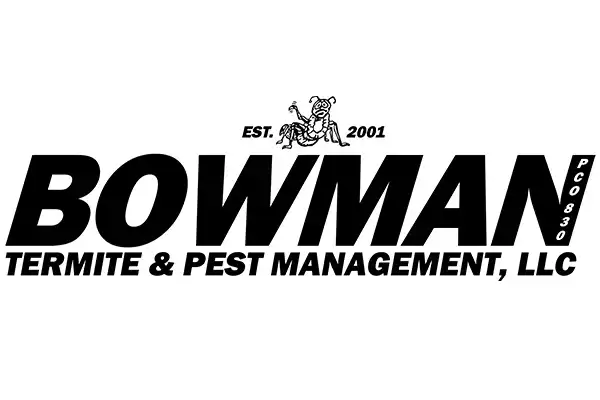Highlights From Senate COVID-19 Meeting

This illustration, created at the Centers for Disease Control and Prevention (CDC), reveals ultrastructural morphology exhibited by coronaviruses. PC: Alissa Eckert, MS; Dan Higgins, MAM. Content provider: CDC/ Alissa Eckert, MS
Highlights of Hawai‘i State Senate Special Committee on COVID-19 meeting of Friday, April 24
In a joint presentation to the Special Committee on Friday, Attorney General Clare Connors, Department of Transportation Deputy Director of Airports Ross Higashi, and CEO of the Hawaii Tourism Authority provided an update concerning the monitoring of arriving airline passengers.
The Airports Division has implemented a more stringent monitoring system of arriving passengers to ensure compliance with the 14-day mandatory quarantine. This includes verification of hotel reservation for visitors and addresses of residents. Cell phone numbers are also verified on site.
Once verification is cleared, individuals are allowed to leave the airport. When visitors check in at hotels, they must sign a form acknowledging the mandatory requirements of the 14-day quarantine.
If arriving passengers cannot verify quarantine locations, they are then directed to law enforcement.
Per the committee’s request, the State is also considering how fees may be collected from airlines or passengers for non-essential travel during the emergency declaration. This requires the navigation of regulations on special funds currently before the Legislature can reconvene.
The Special Committee also requests that the Governor, the Attorney General’s office, the Hawaiʻi Emergency Management Agency, law enforcement, and other divisions continue to discuss the State’s authority, capacity and cost to implement certain quarantining and monitoring possibilities, such as designated quarantine sites, ankle bracelets, facial recognition, and GPS tracking. The State must also consider an individual’s constitutional rights during and following emergency declaration. Current law allows mandatory quarantine because travel poses health and safety concerns.
Tatum also reported that the HTA is continuing to work with hotels on its “Hotels for Heroes” program for health care workers with HMSA, Honolulu EMS, the Kaua‘i emergency response team, and others.
Director Dr. Bruce Anderson and State Epidemiologist Dr. Sarah Park of the Department of Health (DOH) also reported to the committee.
The DOH website includes a flow chart explaining the contact tracing program here. The program has four steps: Identify the case, find and notify contacts, advise close contacts to quarantine, and monitor close contacts for symptoms. The department needs additional volunteers to expand the program. While the volunteers it uses as helpful, they must possess the ability to conduct interviews and draw the information from the subject.
The department listed three critical conditions that must be part of the plan to reopen Hawai‘i:
- The state must have a robust healthcare system to deal with any surge in COVID-19 cases.
- The contact tracing program must be continued, and any “hot spots” may need to be closed.
- Measures to slow the spread must be continued, including hygiene regimens and modified social distancing requirements. DOH will also establish uniform procedures and communicate them to Hawaii’s health care providers.
Per the committee’s request, the department will submit the plans and needs to build a long-term structure to deal with the virus, including staffing needs for both ongoing efforts, such as contact tracing, and any surge capacity DOH might need; and public health care system infrastructure needs such as laboratories, data scientists, modernizing facilities, etc. The department will provide a preliminary budget encompassing these needs.
The Special Committee also requests that the department share planning related to the reopening of our school system.
And, finally, Alan Oshima, Hawaii Economic and Community Recovery and Resiliency Navigator, provided a summary of the plan to date.
Its guiding principles include: Health and safety first; to work in a collaborative, inclusive and transparent manner; and respect and incorporate Hawaii’s values, unique sense of place, and way of life.
In order to inform decision making and process, the plan must have clear priorities and goals for each phase, engage stakeholders and ensure transparency, use fact-based decision making, leverage national and global best practices; consider federal, state, local and private funding sources; and focus on the need for speed.
High-level plan phases include: Stabilization (with an emphasis on health care), a gradual reopening based on public health safeguards, find paths to recover the economy, support society, and balance lives and livelihoods; and build a resilient economy with strong business and job growth.
In terms of economic recovery, Oshima pointed out that the state has changed its economy in the past from agriculture to tourism. The virus may be the catalyst to create a new economic model for Hawai‘i. He said our economy is interconnected and we need to look at it as a whole.
Teleworking may become a new norm. Oshima said the state has not been moving in that direction fast enough, but now people see that it is possible, so it may increase.
He said we may need to look beyond tourism. It may be possible to utilize the islands’ geographic isolation and instead market tourism more exclusively to keep the revenues but with fewer visitors. Also an exploration of the possibilities of the agriculture sector must be addressed, in terms of feeding residents and exporting specialty products.









